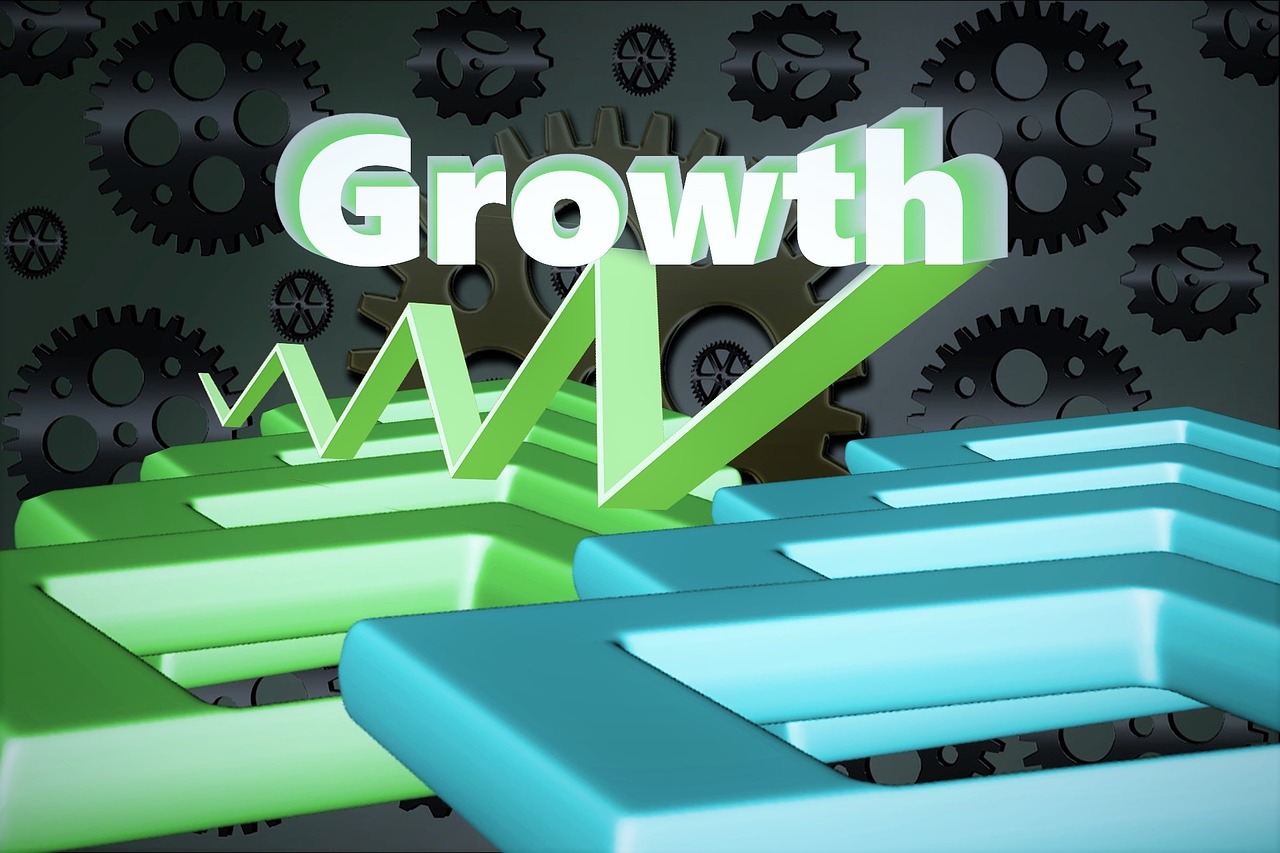Every entrepreneur starts with a vision. But turning that vision into something scalable and sustainable doesn’t happen by accident—it happens by design.
For the millions of small business owners navigating everything from side hustles to storefronts, growth isn’t just a hope—it’s a challenge. It takes strategy, access to the right tools, and a plan tailored to your specific stage of the journey. And in today’s evolving economic landscape, where agility matters just as much as ambition, having a clear business growth plan is essential.
But growth doesn’t always mean explosive scaling. Sometimes, it’s simply being able to hire one more employee. Sometimes, it’s launching your first digital storefront or finally upgrading outdated equipment. Whatever the goal, the path to achieving it begins with understanding your current stage—and building a roadmap that meets you where you are.
Growth Happens in Phases—And That’s a Good Thing
Many new entrepreneurs think of growth as a sudden leap: revenue doubles, customers multiply, and a second location opens overnight. In reality, growth is more like a climb—layered, steady, and shaped by learning.
Early-stage businesses need clarity more than anything else: What’s the target market? What’s the pricing strategy? Where’s the real demand? This is the phase where writing a business plan, testing your ideas, and building community support are crucial. You’re not just selling a product—you’re building a foundation.
As operations begin, the focus shifts to cash flow, customer feedback, and time management. At this point, the decisions you make set the tone for your company culture and future operations. Investing in the right tools—like basic CRM systems or financial planning templates—helps ensure you’re building something sustainable, not just reactive.
More Than Capital: The Human Side of Scaling
Capital is essential, but it’s not the only ingredient in a successful business. One of the most overlooked accelerators is mentorship—access to someone who’s navigated similar challenges and can offer advice from lived experience.
For many small business owners—especially those from historically underserved communities—traditional lending can feel distant, impersonal, and rigid. That’s where mission-driven lending and hands-on advisory services play a transformational role. They provide not only funding but also confidence, community, and clarity.
Organizations that pair capital with coaching help entrepreneurs better understand their numbers, build smarter operations, and make strategic decisions with long-term success in mind. In many cases, the relationship outlasts the loan—it becomes a partnership in growth.
What a Strong Business Growth Plan Looks Like
A thoughtful growth plan isn’t just a document—it’s a mindset. It should include:
- A clear picture of your current stage (startup, early-stage, growth, expansion, etc.)
- Financial benchmarks and realistic revenue goals
- Operational improvements you’re ready to make
- Marketing strategies aligned with your customer’s behavior
- Human resource needs as your team expands
- Contingency planning for slow seasons or unexpected changes
For example, a bakery that’s been thriving at local markets might use its growth plan to transition into a brick-and-mortar location. That includes budgeting for rent, forecasting demand, and staffing for high-traffic weekends. Without a plan, that transition is a risk. With one, it’s a launchpad.
Purpose-Led Growth Is Sustainable Growth
When a business starts growing quickly, it can be easy to lose sight of why it started in the first place. That’s why a growth plan should evolve with you. As your customer base expands, your operations become more complex, and your financial picture changes, your strategy should reflect those shifts.
Whether you’re seeking capital, building partnerships, or optimizing logistics, your growth plan is both your compass and your safety net.
And just as importantly, it’s your story—one that lenders, mentors, and stakeholders can believe in and support.
Small business growth isn’t about chasing scale for its own sake. It’s about building something resilient, rooted, and ready for the long haul. With the right guidance, access to resources, and a smart business growth plan, that next step becomes not just possible—but inevitable.



 Bitcoin
Bitcoin  Ethereum
Ethereum  Tether
Tether  XRP
XRP  USDC
USDC  TRON
TRON  Lido Staked Ether
Lido Staked Ether  Cardano
Cardano  Avalanche
Avalanche  Toncoin
Toncoin  Wrapped SOL
Wrapped SOL